Respect cultural and historical values
With a total area of 3,359.84 km2 , Hanoi currently has 30 district-level administrative units (12 districts, 1 town and 17 districts) and 526 commune-level administrative units (160 wards, 21 towns and 345 communes) with more than 8.5 million people living and working.
Implementing the Eleventh Central Resolution (13th tenure), the city has urgently completed the plan to rearrange commune-level administrative units, reducing from 526 to 126 new grassroots administrative units, including 47 wards and 79 communes.
126 new administrative units also mean the task of determining as many names. Choosing a name among 30 names of districts, towns and 526 names of old wards, communes and towns is a very difficult challenge, requiring careful consideration to convince the majority of people.


To carry out this difficult task, Hanoi city has closely followed the Central Government's direction and orientation, especially the names of the newly formed communes and wards after the arrangement need to be easy to identify, concise, easy to read, easy to remember, ensuring systematicity and science .
At the same time, the city also identified naming proposals for historical inner-city administrative units with revolutionary historical and cultural traditions, representative of the country and the Capital; in which, a typical administrative unit was selected to be named, adjacent administrative units were named after other typical historical, cultural, and revolutionary places to avoid duplication.
According to Associate Professor Dr. Bui Hoai Son (full-time member of the National Assembly 's Committee on Culture and Society), naming plays an important role in creating a new land with shared memories, memories and stories, thereby creating cohesion and consensus for local development.
Analysis of the proposed plan to name 126 new wards and communes of Hanoi shows that the names of the most important historical and cultural places of the capital have been used, including 100% of the names of old districts, towns and cities used for the names of new administrative units; at the same time, most of the names of new administrative units are selected from the names of wards, communes and towns with profound meanings or typical characteristics, or associated with places or outstanding cultural characteristics.
For example, wards: Ngoc Ha, Giang Vo (Ba Dinh); Cua Nam (Hoan Kiem); Lang, O Cho Dua, Kim Lien, Van Mieu - Quoc Tu Giam (Dong Da); Phu Thuong (Tay Ho); Bach Mai, Vinh Tuy (Hai Ba Trung); Viet Hung, Bo De, Phuc Loi (Long Bien); Tan Trieu, Ngoc Hoi (Thanh Tri); Phu Dong, Bat Trang (Gia Lam); Trung Gia (Soc Son); Son Dong, An Khanh (Hoai Duc); Quang Oai, Vat Lai, Co Do (Ba Vi); Chuong Duong, Hong Van (Thuong Tin)...
Dr. Nguyen Viet Chuc, Director of the Thang Long Cultural Research Institute, said that these are all names with great meaning that cannot be discarded, because they are not only closely associated with the land, people, culture and history, but also have the effect of evoking emotions, pride, creating motivation and inspiration for the people.

Creativity connects past, present and future
In addition, a fairly high proportion of basic administrative units are named not from the existing names of districts, towns, wards, communes and townships. These new names are selected from two directions.
First, the names that have existed in history, are closely associated with the people and the land within the boundaries of the new administrative unit. These are names that bear a strong cultural and historical imprint, and are part of the memories and recollections of generations of people in that place. Not only meaningful, many names also have very beautiful meanings.
For example, Dong Anh district has 3 new names, all of which are ancient village and commune names or have been used before: Thu Lam, Phuc Thinh, Thien Loc, Vinh Thanh.
Thanh Tri district has two new names: Nam Phu and Dai Thanh. While Nam Phu is associated with the old name of Nam Phu General and the event of the 12 warlords at the end of the 10th century by General Nguyen Sieu driving out the Southern Han army; Dai Thanh is also a name that has existed since 1965 in the Ta Thanh Oai area, meaning a strong and noble land; demonstrating the strength after the merger.
Dan Phuong district has a new commune name, O Dien, taken from the name of O Dien ancient citadel - one of the most important ancient relics of Hanoi in the pre-Thang Long period.
Soc Son district named its new administrative unit Kim Anh and Da Phuc, both of which are familiar names to the people. Ung Hoa district named its new commune Ung Thien, which was the old name of Ung Thien commune of the area.
Especially Hong Ha - a name with cultural and historical significance that has entered poetry, helping us easily visualize the administrative boundaries of the ward located entirely outside the Red River bank, currently under the management of 5 districts: Tay Ho, Ba Dinh, Hoan Kiem, Hai Ba Trung, Long Bien.
Second, the names are almost completely new with profound meanings that recall cultural identity or express the desire for development, wealth, luck, and prosperity. A typical example is the name Doai Phuong (Son Tay) given to the new administrative unit formed from the entire area and population of the communes: Kim Son, Son Dong and most of the natural area and population of Co Dong commune.
“Đoài” is an affirmation of the strong mark of a cultural region of the Đoài region, of which Son Tay is the center and nucleus. “Đoài” also means lake, swamp, this is a special element of the 3 localities with Đồng Mô lake and many ponds and lakes. Therefore, the name Đoài Phương has a profound meaning as a reminder to the people of the precious cultural heritage and the responsibility to preserve and develop it.
Another example is the name Thuan An, meaning luck and convenience, used for the basic administrative unit of Gia Lam district, including the entire natural area and population of the communes: Le Chi, Duong Quang (Gia Lam); most of the natural area and population of the communes Phu Son, Dang Xa, Co Bi (Gia Lam); part of the natural area and population of Duong Xa commune (Gia Lam).
Phuc Tho district named Phuc Loc for the new administrative unit formed from the communes: Vong Xuyen, Xuan Dinh, Sen Phuong, Van Phuc and Nam Ha.
It can be affirmed that the way Hanoi names its new commune-level administrative units not only bears a strong cultural and historical imprint but also shows creativity, hidden deep inside is the desire for innovation and constant development and advancement.
Regardless of the naming scheme, the final decision is still up to the people. In fact, local people have given their opinions and expressed their appreciation for the naming scheme of Hanoi city through their votes.
Most localities have a very high rate of agreement with the naming of new administrative units. For example, in Ba Dinh district, 99.4% of people agree with the name; in Dong Anh district, 99.17% agree; in Long Bien district, over 98% agree; in Ung Hoa district, over 97% agree...

However, because everything is decided by the people, there are also cases where the locality has to choose another name to ask for the people's opinion, such as the proposed name of Tho Lao commune in Dan Phuong district. This shows respect for the people's right to mastery in building local government.
The arrangement of commune-level administrative units is an important step in the development process of the Capital. The naming of new administrative units represents a harmonious combination between tradition and modernity, between history and future, between the will of the government and the aspirations of the people.
Each name of a new administrative unit not only has administrative significance, but can also become a cultural “code”, arousing pride in the past, motivating the present and opening up expectations for the future. Because it is not the name that makes the land, but deep down it is the people in that land that make the names truly meaningful. Therefore, each of us, regardless of whether the name of the new administrative unit is familiar or unfamiliar, needs to aim for a common goal: Building a rich, beautiful, cultured, civilized and modern capital; building a strong, prosperous and happy Vietnam.
Source: https://hanoimoi.vn/dam-dau-an-van-hoa-va-sang-tao-trong-ten-goi-phuong-xa-moi-o-ha-noi-700124.html


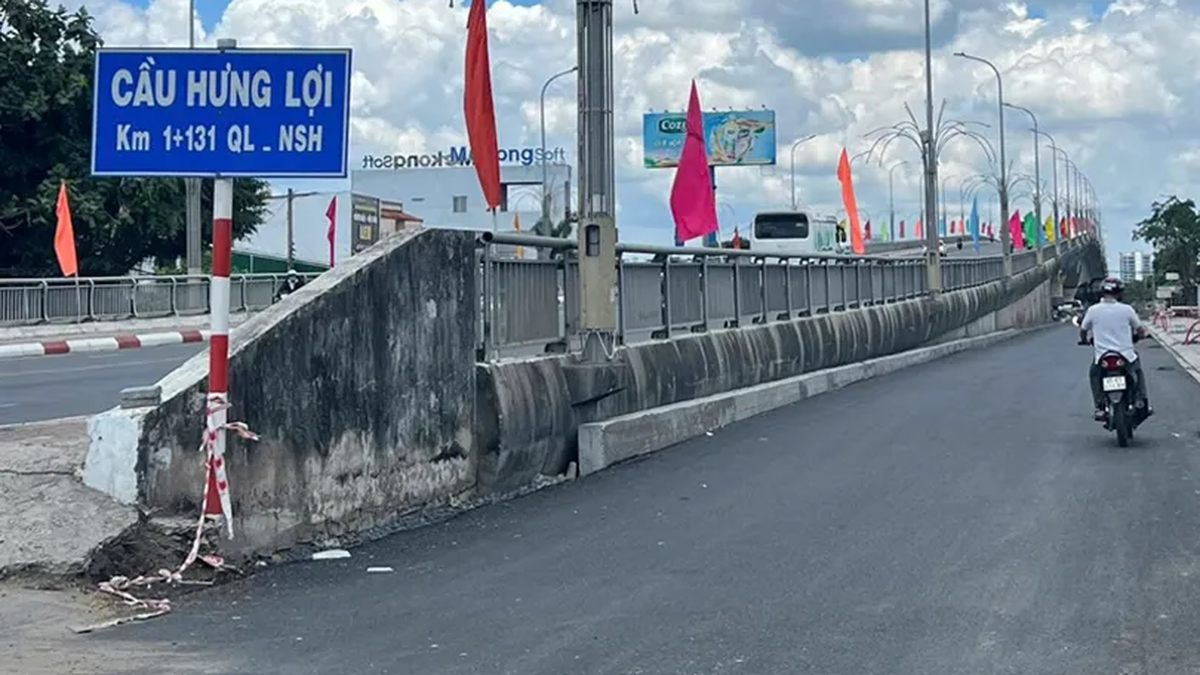


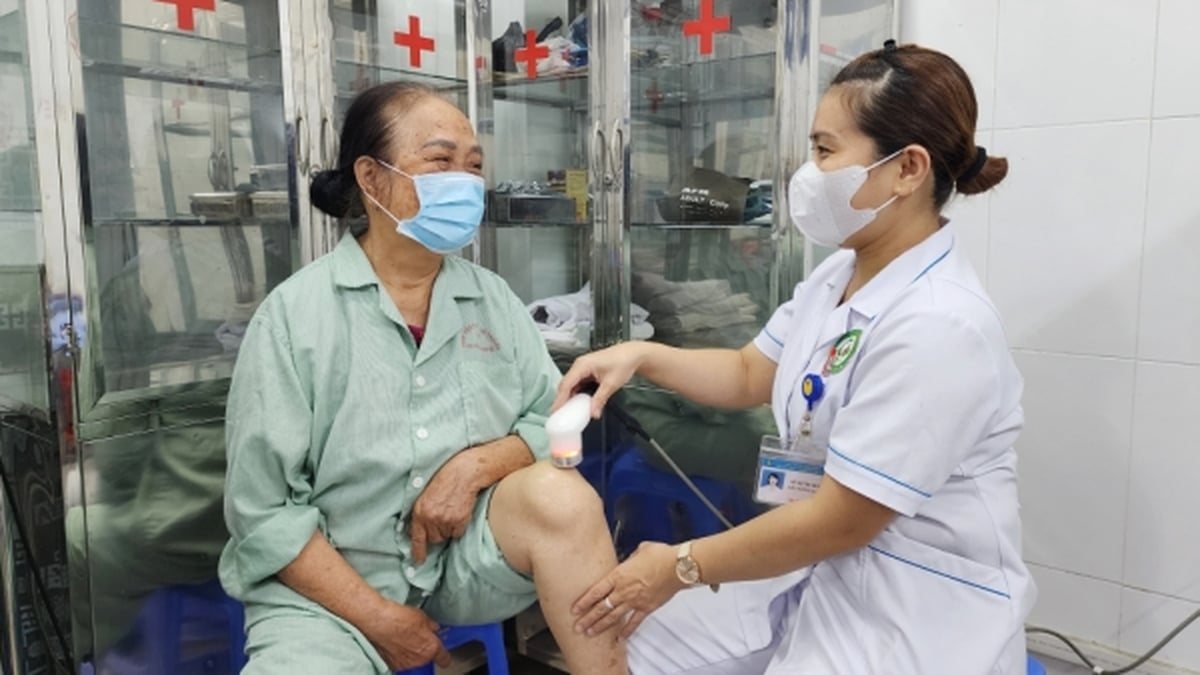
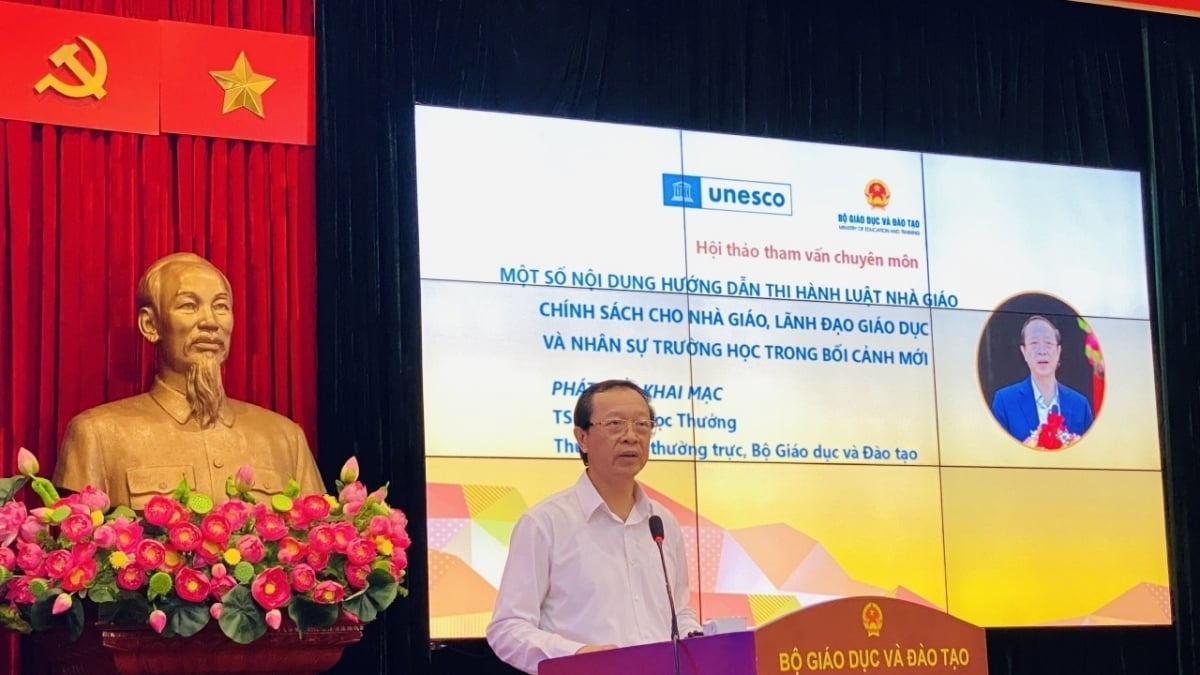

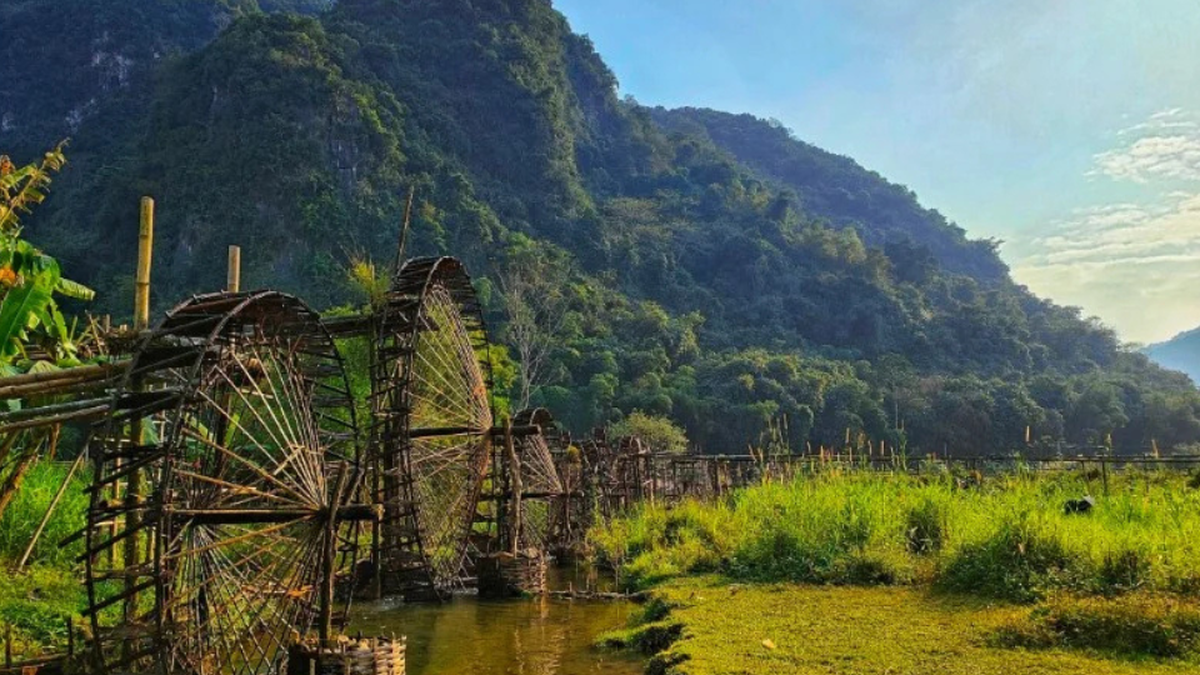
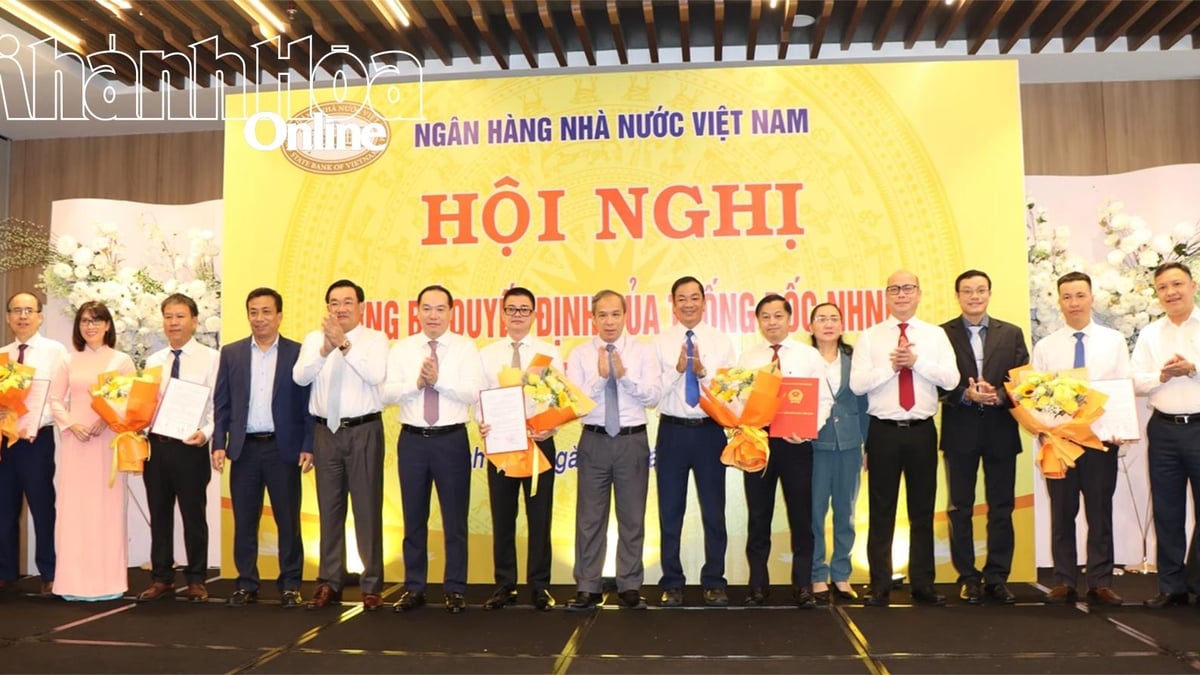
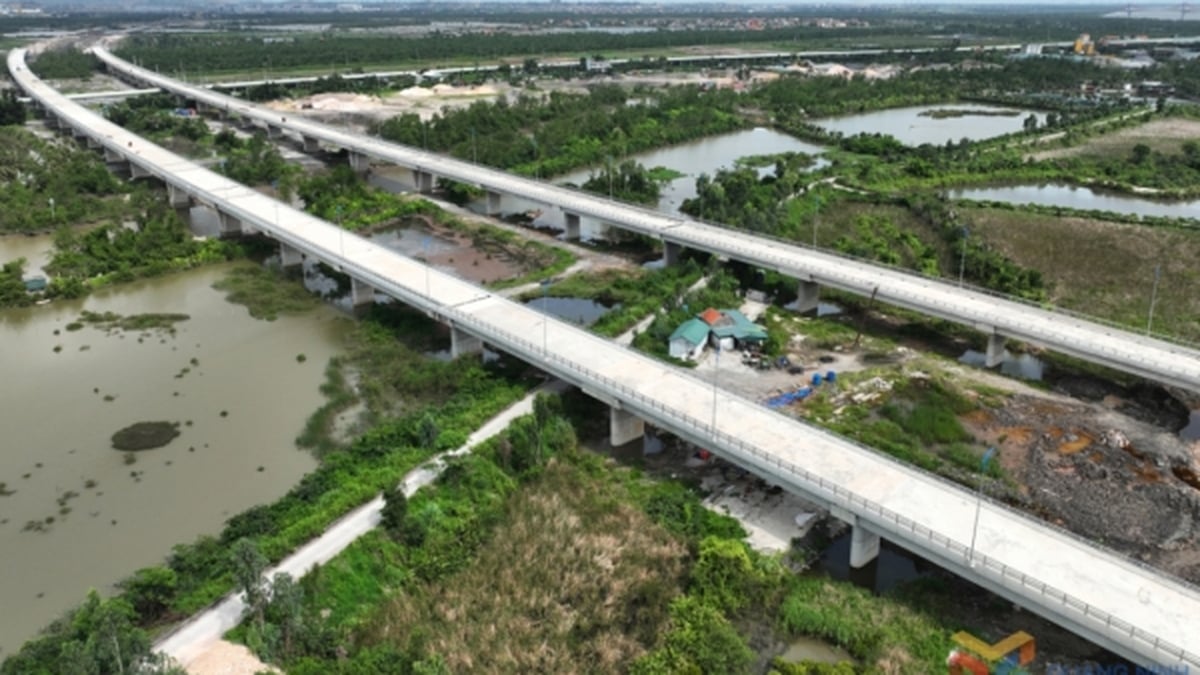
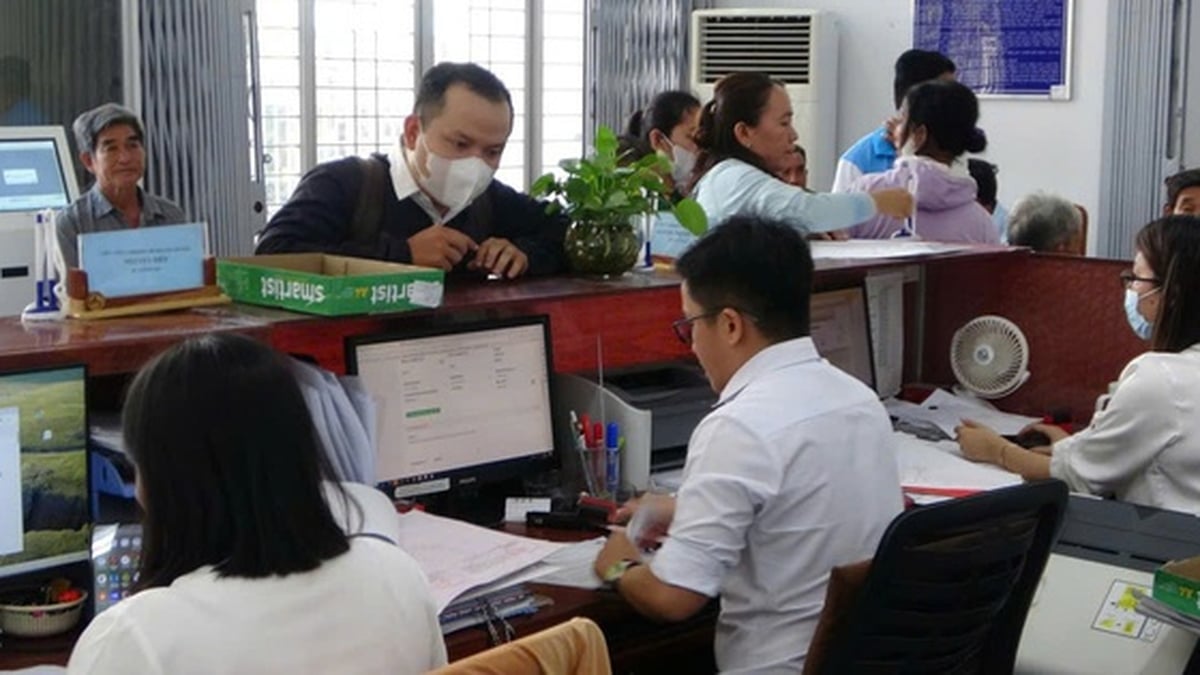










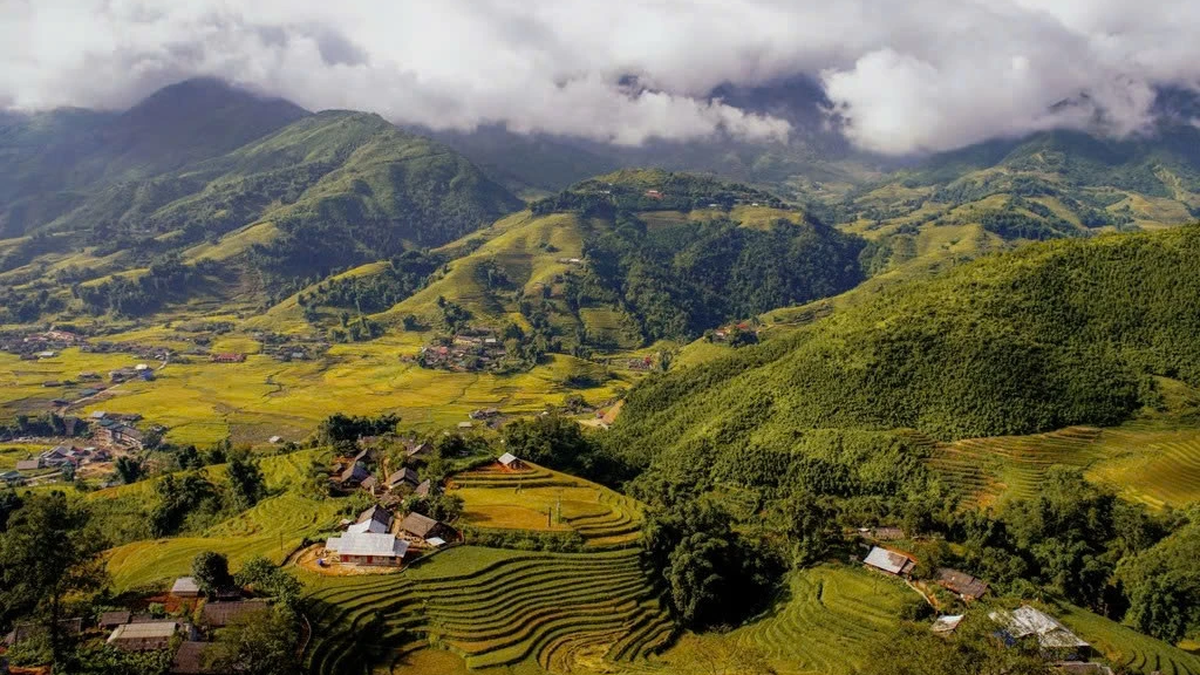











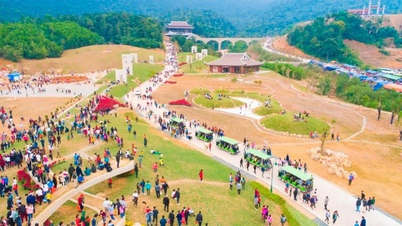

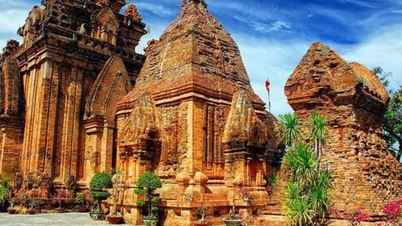



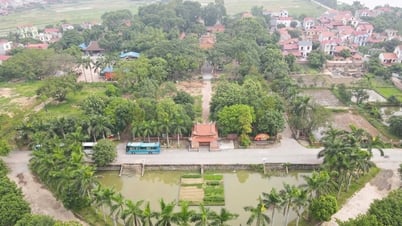

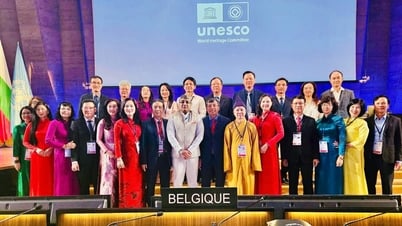

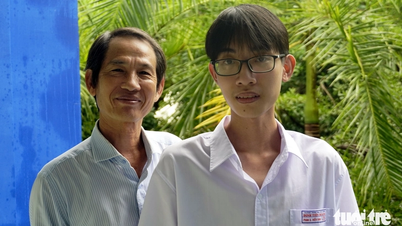
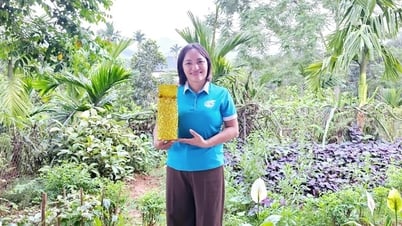







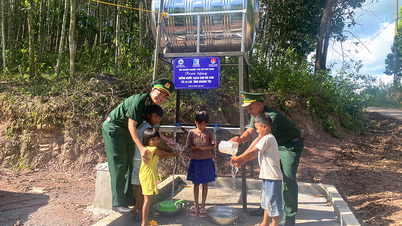


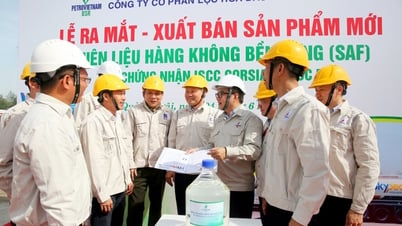





![[Maritime News] More than 80% of global container shipping capacity is in the hands of MSC and major shipping alliances](https://vphoto.vietnam.vn/thumb/402x226/vietnam/resource/IMAGE/2025/7/16/6b4d586c984b4cbf8c5680352b9eaeb0)






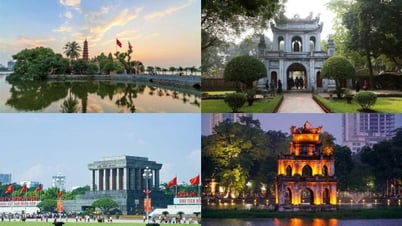



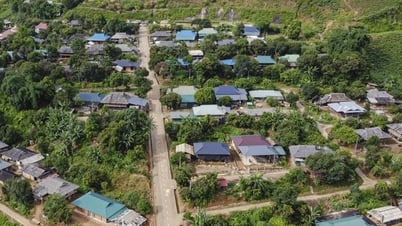

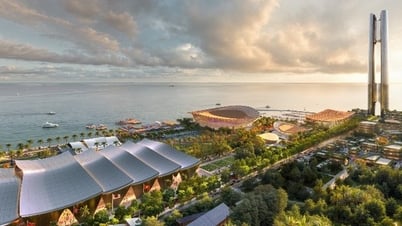
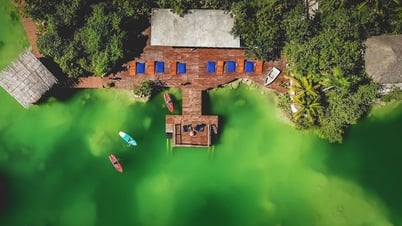
















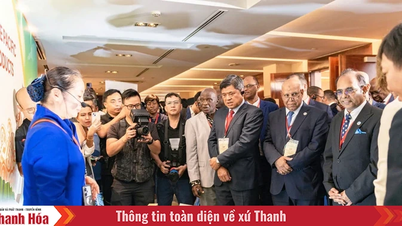



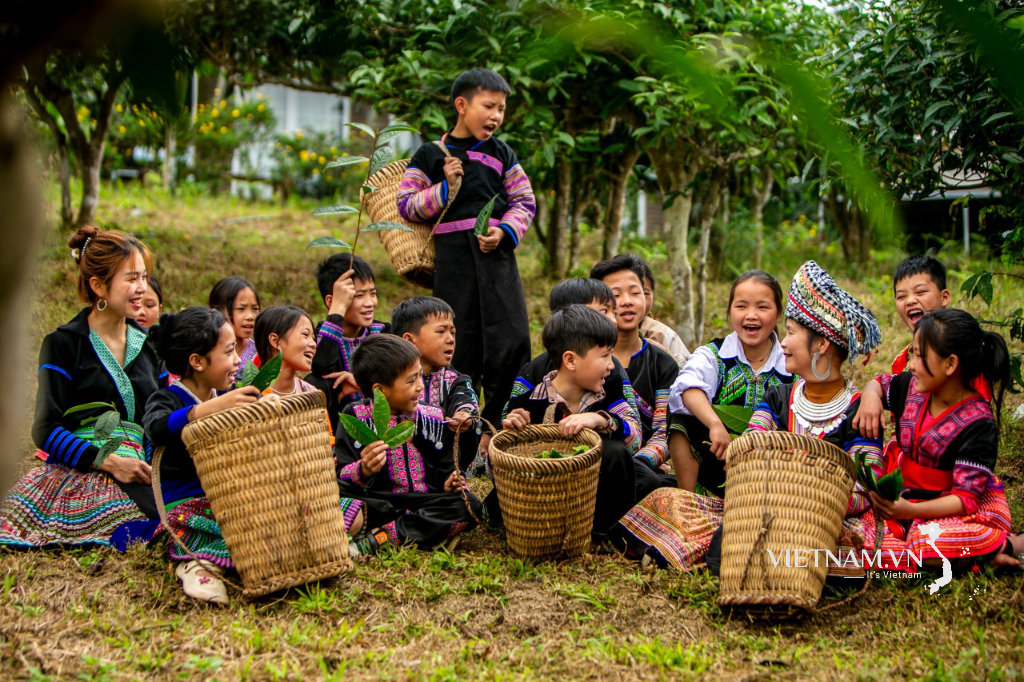



Comment (0)